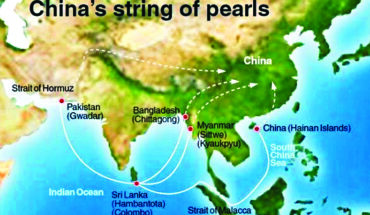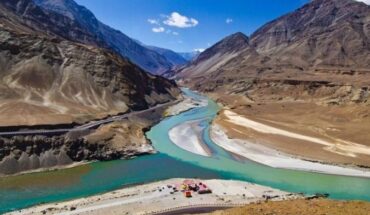With the Gati Shakti National Master Plan, Prime Minister Narendra Modi has expanded on the familiar theme that India’s slowing economic growth engine can find renewed momentum through major infrastructure upgrades that will cut logistics costs for industry and raise all round efficiency. Essentially a technocentric administrative initiative that promises silo-breaking integration of 16 Ministries including railways, roads and ports through information technology, satellite mapping and data tools, the programme seeks to appeal to the national imagination as an umbrella integrator of Rs 111-lakh crore worth of projects under the National Infrastructure Pipeline (NIP) for 2020-25. The importance given in the plan to rail-road multimodal connectivity and higher share of freight for the railways — articulated also by NITI Aayog — has evident multiple benefits. This includes reducing the cost of logistics to GDP that has prevailed at about 14% even at the time the NDA government took office, to an aspirational 8%. There is also the challenge of reducing vehicular emissions from road freight growth to meet climate change commitments and containing input costs due to extraordinarily high taxes on diesel. The observations in the Economic Survey projects maximum investments towards NIP sectors, with about Rs 8.5-lakh crore to be invested by either side annually. As the effects of COVID-19 continue to be felt in terms of lost jobs, depressed wages and consumption, while the planners are pinning their hopes on infrastructure projects for a new deal outcome that will boost jobs and demand for goods and commodities, besides attracting major investments. Convincing citizens that they stand to benefit from such grand plans through better social welfare, lower service costs and higher efficiencies will be a tough task.
Time to check the velocity of Gati Shakti Plan
Published Date: 16-10-2021 | 5:41 am





